Solar energy
Solar energy is one of the most accessible and cleanest forms of renewable energy that can be obtained from the sun. Its use has no negative impact on the environment. There are already many principles of transferring solar energy to other forms of energy: most often transferring solar energy to electric energy or thermal energy. Electric energy can be produced from the solar energy either directly or indirectly. Direct transfer of solar energy to electric energy takes place in photovoltaic cells by means of the photovoltaic effect. The transfer to thermal energy most often occurs in solar panels.
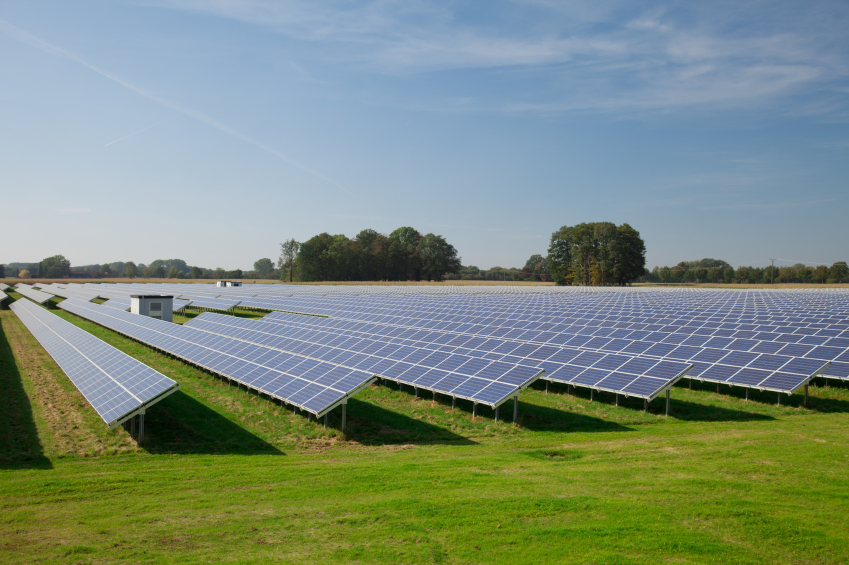
Producing Electricity from Solar Energy
Photovoltaics deals with direct transfer of solar energy to electric energy. This process takes place in photovoltaic cells.
Photovoltaic devices are simple and elegant means of transferring solar radiation to electricity. They operate on the principle of the photovoltaic effect: particles of light, photons, fall on the cell, pulling electrons out of the cell with their energy. The semi-conducting nature of the cell then organizes the flow of electrons to a useful direct current. Using the same basic building units, the solar cells, it is possible to develop applications with minor output (supply of power to calculators), to power plants with outputs in MWs.
Types of photovoltaic systems:
Independent (Island) Systems – off grid
Off grid systems are divided into direct-connection systems, hybrid systems or systems with electric energy accumulation.
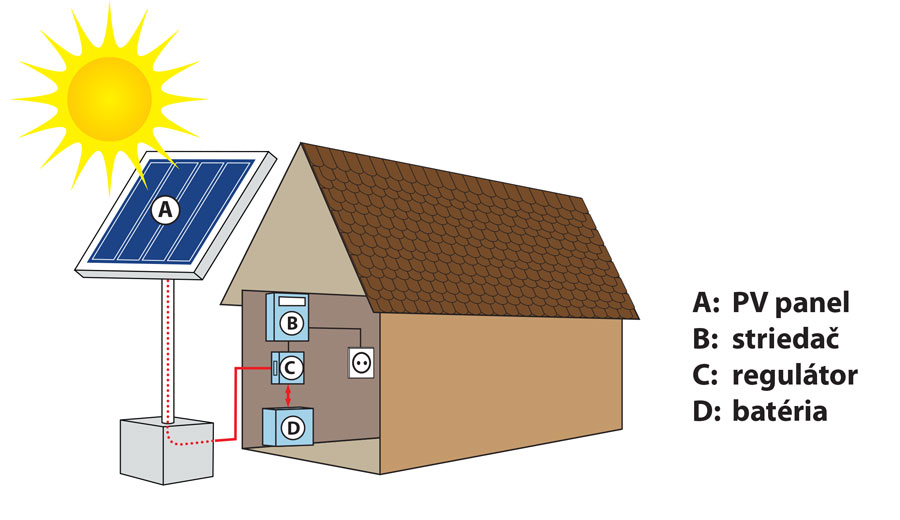
Direct-Connection Systems
They consist of a simple interconnection of a photovoltaic panel and an appliance, with the appliance operating only when the solar radiation is sufficiently intense. It is used for example for charging accumulators of small devices, drawing water for irrigation or ventilator connection.
Hybrid Island Systems
Hybrid island systems are used when there is a need for year-round operation with occasional use of devices with high input power. During winter months, substantially smaller amount of energy can be obtained from the photovoltaic device than in summer months. Therefore, these systems have to be designed for winter operation, which results in increase in the installed system output and substantial increase of initial costs. For this reason, the more advantageous alternative is to expand the system adding supplementary power source which covers the electricity consumption in periods with insufficient sunshine and during transportation of the high initial power devices. Such source may have the form of a wind power plant, electric generator, cogeneration unit, etc.
Systems with Electric Energy Accumulation
These systems are used when electricity is needed during periods with no solar radiation. For this purpose, these island systems contain special energy storage batteries designed for slow charging and discharging. Optimum accumulator charging and discharging is ensured by a charging regulator. The island system allows the connection of appliances powered by direct current (with a usual system voltage of 12 or 24 V) and common power supply appliances 230 V/~50 Hz powered through a voltage inverter.
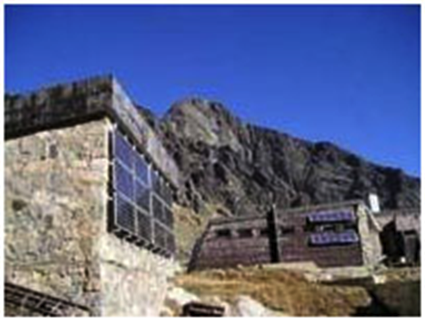
Off grid system installed at the Téryho Challet in the High Tatras
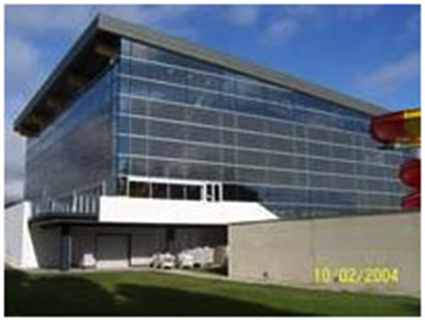
Off grid system installed in Aquacity Park in Poprad
Systems Connected to Electric Network – on grid
On-grid systems operate entirely automatically thanks to microprocessor management by a network inverter. The inverter converts direct current from the panels to alternate current for which the home appliances are designed. Network connection is subject to approval management at distribution facilities, with the obligation to observe given technical parameters.
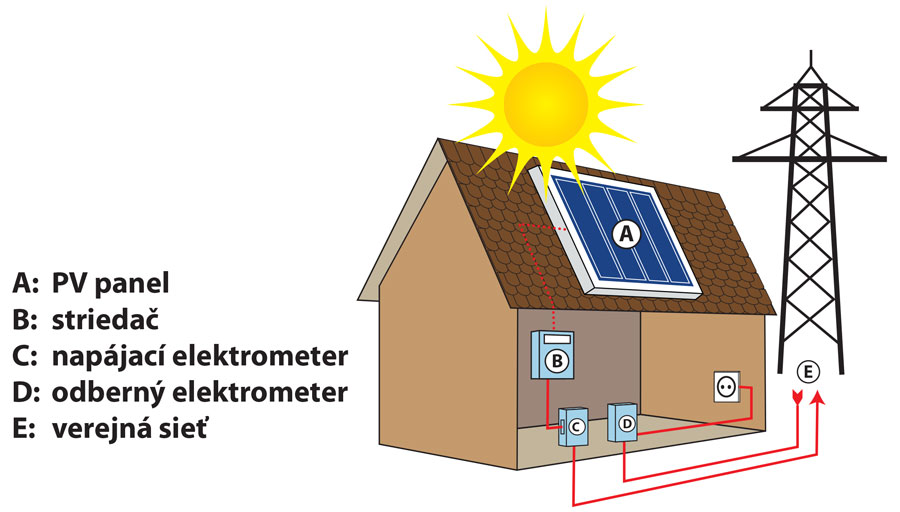
Producing Thermal Energy from Solar Energy
A solar collector is currently the most widely used technology for converting solar energy into thermal energy. Here, the heat of the sun is heated on the black surface of the collector, which then heats water and stores it in reservoirs or distributes as necessary.
Solar collectors are widely used both in the private sector and in households:
- production of hot water in households, industry and commercial buildings,
- year-round pool water heating,
- heating of establishments (buildings, greenhouses, saunas),
- drying herbs.
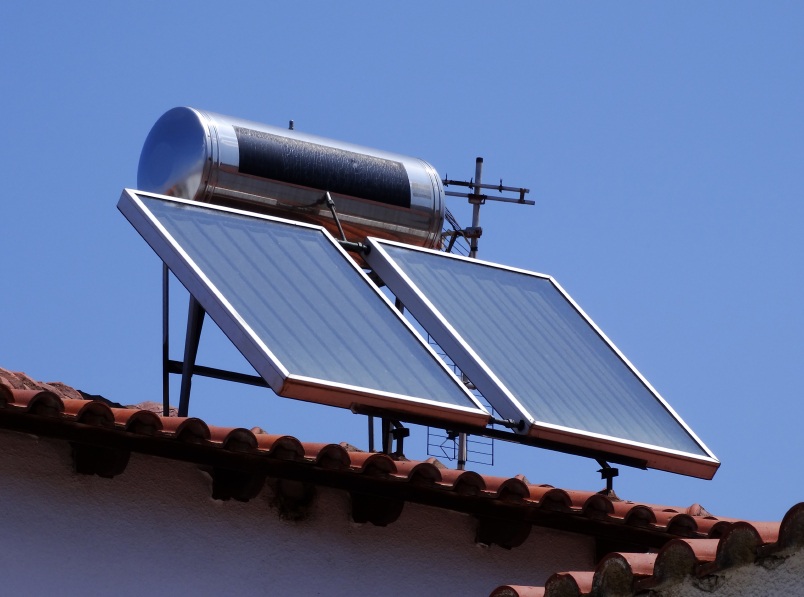
Solar Oven
Solar oven is a device functioning on the principle of solar energy concentration in a single point using a system of mirrors. In this manner, it is possible to reach temperatures to around 3,000 °C. The oven has a wide range of uses, such as steel melting, production of electric energy or hydrogen fuel. Currently, this method is not very successful due to dependence on weather stability.
Solar Cooker
Solar cookers with parabolic reflectors are basically smaller versions of solar ovens that can be used for common cooking at places with insufficient availability of fuel.
Slovenská organizácia pre obnoviteľné zdroje energie, n.o.
+421 905 744 034
info(at)skrea.sk
www.skrea.sk
Rigeleho 1, 811 02 Bratislava

